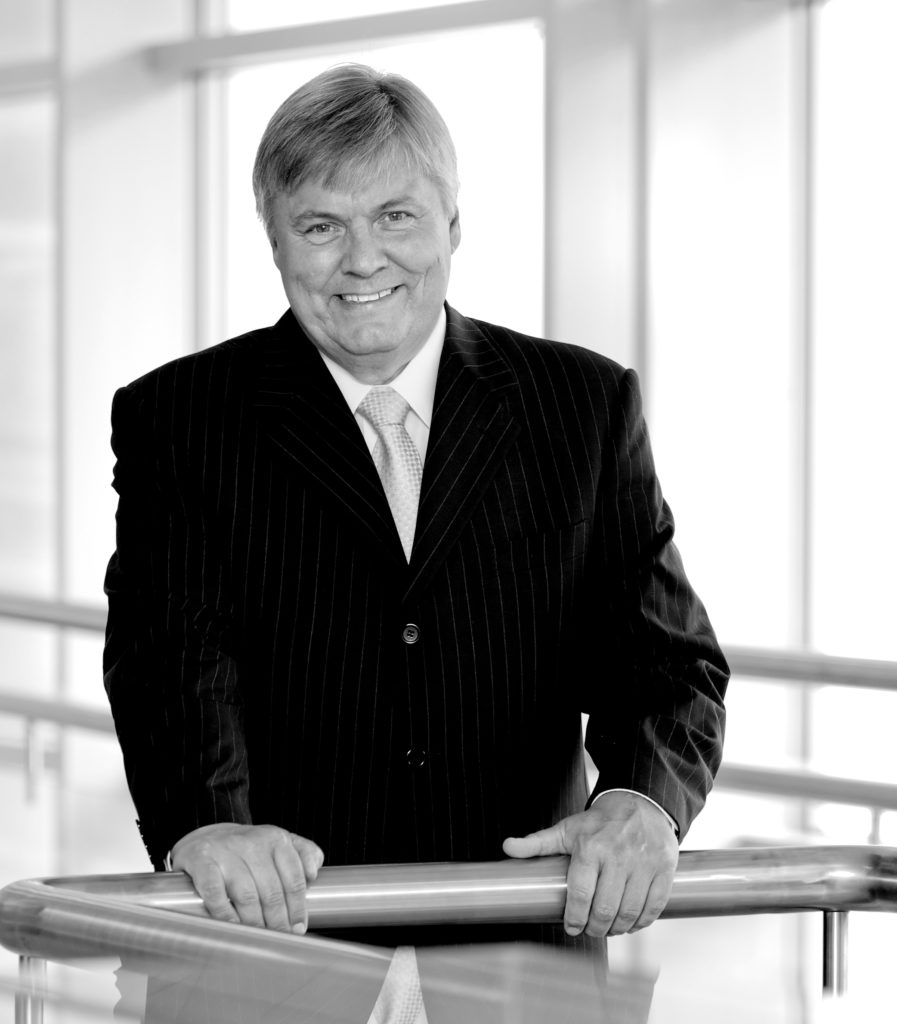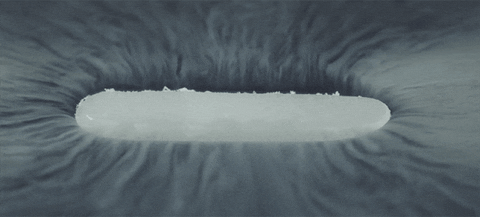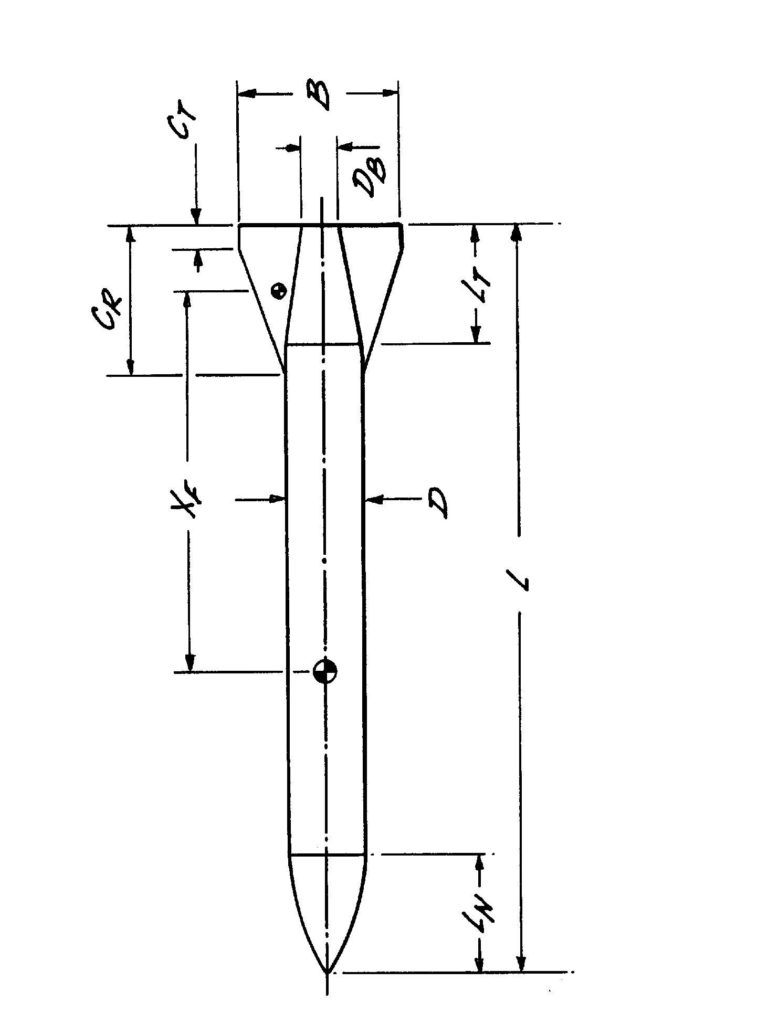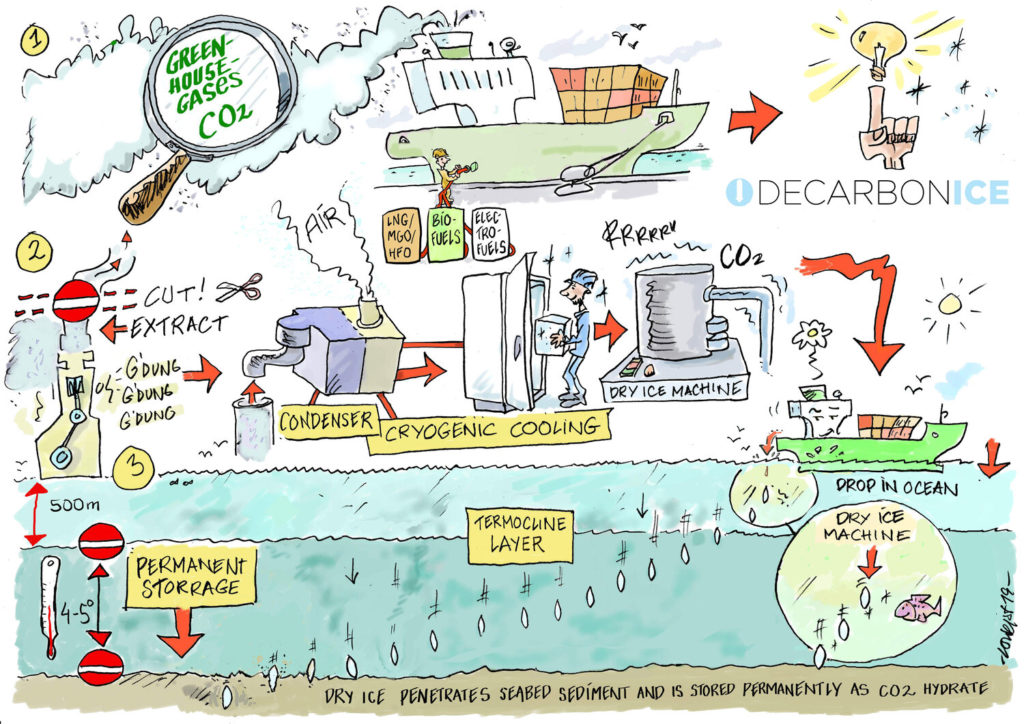News came out last month of what sounds like a far-fetched idea to stop deep-sea international shipping from pouring CO2 emissions into the air – turning the greenhouse gas into ice spears and plunging them down through the ocean and into the seabed. It is a radical form of carbon capture and storage, but directly from a ship.
The project is called DecarbonICE. Key to the project engineering are two or three key factors- the deep sea, an ability to freeze carbon dioxide and a useful patent that has expired.
Industry experts polled by Fathom World have questioned the concept. Not least is the feasibility of being able to capture CO2 emissions from a ships’ engine, freeze and store it onboard until it is able to be ejected like waste into the water and the seafloor. There is also the question of why look for a solution that promotes the continued use of existing bunker fuels such as heavy fuel oil.
Others with experience in sequestration have said this is clearly the equivalent as CCS adding it is a clever way to lock carbon into rock.
Bringing existing ideas together to make something new
The concept of using frozen CO2 as a carbon capture and storage concept comes from Danish inventor Ivar Moltke. He has taken mostly existing technology and concepts, adapted them a little and used the laws of physics to set up a potential system.
He has also convinced a well-respected shipping executive, Henrik O Madsen, that is could work. Madsen was chairman of DNV from 2006 until overseeing its merger with GL and retiring in 2015, and board member of the UN Global Compact. He is currently vice chair of REV Ocean.

Speaking to Fathom World, Madsen said the current project objective is to iron out some of the policy and regulation issues as well as develop the feasibility of the concept.
“We are not set up to do a demonstration project,” he said, adding that the technology for the onboard system needs to be integrated and tested, possibly by a large technology provider that can take it on.
“I do think it is ready for industrialization,” he added. There is no doubt that there is a list well-known ship owners and operators backing the concept. Supporters are NYK, Sovcomflot, Vale, Ardmore, and Knutsen OASas well as Korean shipbuilder DSME.
The DecarbonICE project is supported by the Danish Maritime Development Center, the country’s industry-funded cluster organisation that backs and promotes Danish projects.
The idea behind the technology
The first part of the process relies on being able to capture the CO2 emissions from large ocean-going vessels, gradually lower their temperature to condense out the water, and then cryogenically freeze the CO2 (and some NOx) gases and form the frozen CO2/dry ice into suitable spear or torpedo-like shapes.
The second part of this process comes into play when the vessel is at a suitable deep-water part of its voyage (seafloor depths of more than 500 m). The frozen spears drop though a chute into the water where they sink quickly forming a hydrate coating as they do so. When they hit the seafloor they embed below the surface and because of the hydrate formation and the nature of the deep water pressure, will remain there for centuries.

Some of the science and technology
Mr Madsen points out that most of the technology to cool the exhaust, chill it and then cryogenically freeze the CO2 already exists. On ultra large vessels such as VLCCs or the largest bulk carriers the space requirements are not such an issue. The development of the technology to form the spear like deposits is however still under consideration.
The science behind the drop into the the seabed is also fairly easy to understand when one considers that simple laws of physics means that the solid CO2 will not reform into gas when pressurized above a certain pressure, and the formation of a hydrate coating which picks up sediment from the seafloor will create a natural concrete-like casing.

Madsen also points out that the spear needs to drop into the seabed and not lie on the seabed to meet the conditions of the London Convention. This convention, which is managed by the IMO, sets the conditions for oceanic subsea carbon capture and storage. The approval process the DecarboICE project team needs to deal with relates to the concept creating an equivalent process to the CCS processes already under development.
The seafloor is mostly flat said Madsen, despite most peoples’ image of it being full of mountains and deep abysses. He explained it also has a deep layer of sediment where there is no life form. This sediment is also un-compacted. The oceans have not been subjected to the thousands of years of ice-ages and weathering that has pressurised and eroded land surfaces. This, said Madsen, will make it easy for the spears of CO2 to penetrate and go under the surface, where they remain.

Fuel choice and doubts to over come
There are questions remaining over the feasibility of such a concept being accepted by the shipping industry. But Madsen is adamant that the 2050 target will put exceptional pressure on the whole industry, and points out that utilising this system in conjunction with synthetic fuels, LNG or biofuels will help create a carbon negative and not just a carbon-neutral-at-best shipping industry.
Other issues still need to be fully resolved, such as the adaption of the technology for onboard use, selection of where to deposit the spears of CO2 and even the as yet unresolved construction of the spears.
But the patronage of shipowner partners like Vale, NYK, Sovcomflot, Ardmore will undoubtedly help with the credibility of the concept, and help bring forward a trial where onboard systems can be integrated and then tested .
































